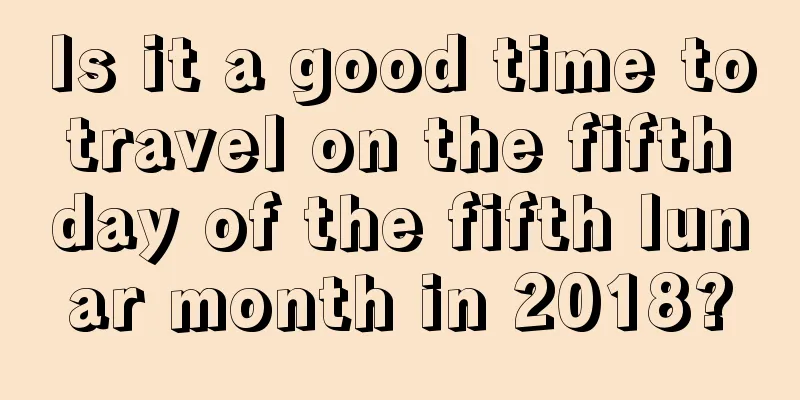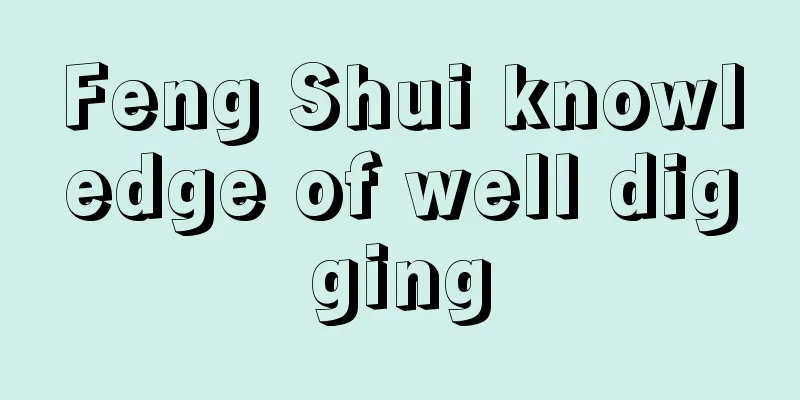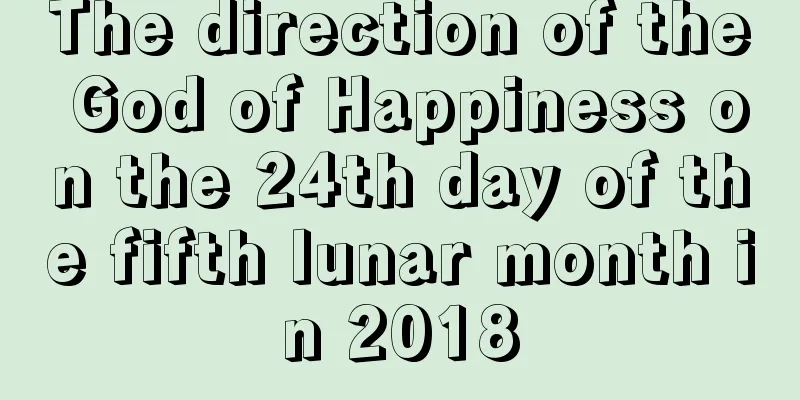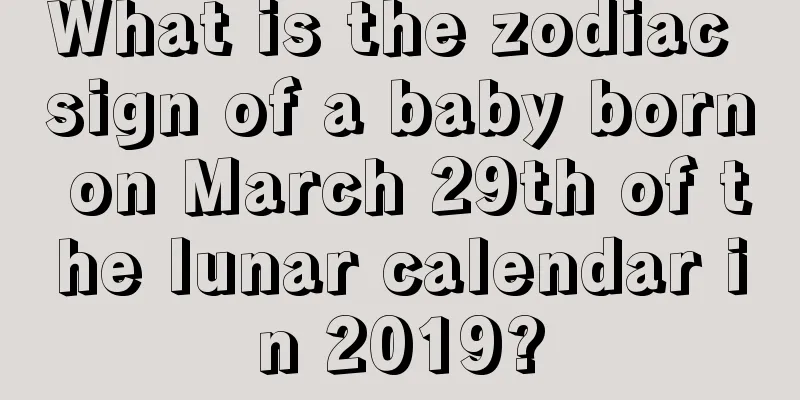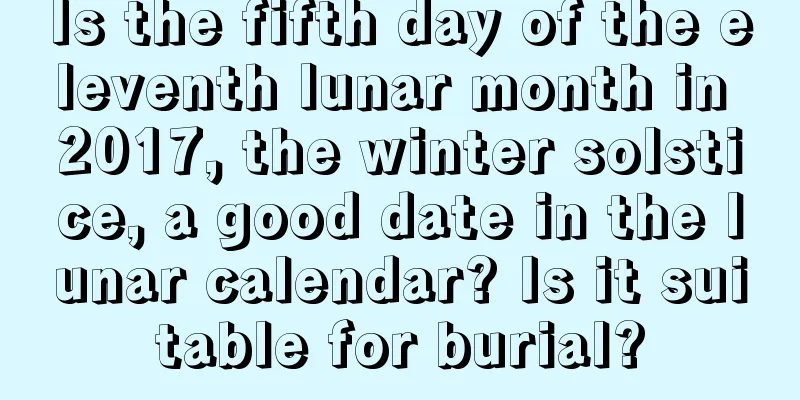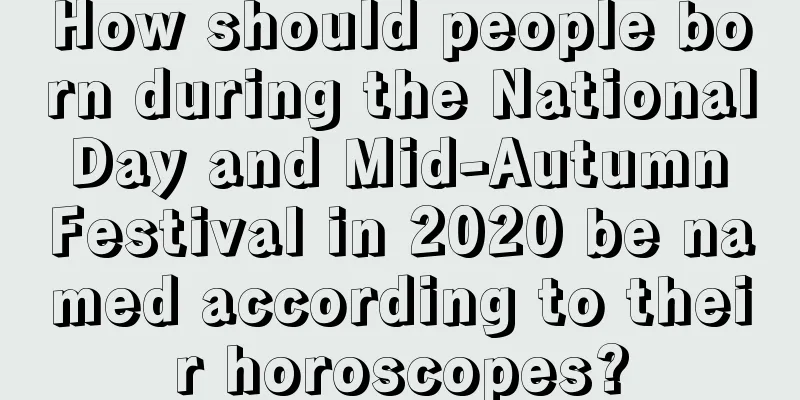Detailed explanation of the origin and legend of the geographical Feng Shui compass!
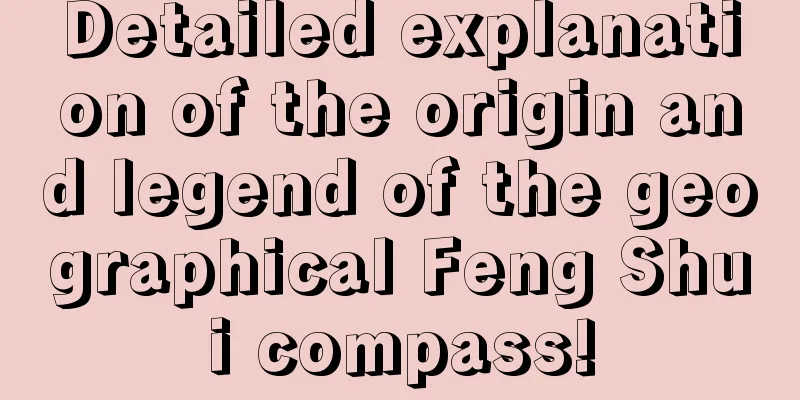
|
Introduction: Feng Shui compass, also known as compass, Luojing, Luogeng, compass disk, etc., is composed of Tianchi (compass), ten paths of Tianxin and inner disk. The whole disk can rotate back and forth. It is a measuring tool used by Feng Shui masters to establish the pole and direction when calculating Feng Shui. So what is the legend about the origin of the geographical Feng Shui compass? Let’s find out together below! In order to facilitate everyone's reading and reference, Mr. Shui Mo has carefully sorted out many articles and topics related to the compass. Friends who want to know more can take a look. Legend about the Bagua Fengshui Compass According to legend, when Dayu was controlling floods, a divine tortoise came out with a map on its back. The map showed that the center five was the pole, governing the four directions, with one side nine on its back, three on the left and seven on the right, two and four were shoulders, and six and eight were feet. The one on the back is the one white water from the Zi direction of the Kan hexagram, the nine facing the face is the nine purple fire from the Wu direction of the Li hexagram, the three on the left is the three green wood from the Mao direction of the Zhen hexagram, the seven on the right is the seven red gold from the You direction of the Dui hexagram, two and four are the shoulders, the right shoulder is the two black earth from the southwest Kun hexagram, the left shoulder is the four green wood from the southeast Xun hexagram, six and eight are the feet, the right foot is the six mortars gold from the northwest Qian hexagram, and the left foot is the eight mortars earth from the northeast Gen hexagram. Therefore, the ancient sages said: The Emperor comes out from Zhen, meets in Xun, meets in Li, is led to service in Kun, speaks in Dui, fights in Gan, works in Kan, and accomplishes his words in Gen. At the same time, the ancient sages also added the northern Ren and Gui water on both sides of the Zi direction, the eastern Jia and Yi wood on both sides of the Mao direction, and the southern Bing and Ding fire on both sides of the Wu direction, the Jiu Zi fire. Add the western Geng and Xin metals to both sides of the seven red metals in the You direction. The two earthly branches Chou and Yin are added to the northeast sides of the eight mortars of earth in the Gen hexagram, the two earthly branches Chen and Si are added to the southeast sides of the four green wood in the Xun hexagram, the two earthly branches Wei and Shen are added to the southwest sides of the two black earths in the Kun hexagram, and the two earthly branches Shu and Hai are added to the northwest sides of the six mortars of gold in the Qian hexagram. These are the Bagua Feng Shui compasses that have been passed down to this day by the ancient sages of our country. The origin of the Bagua Fengshui compass In the "Huangdi Zhaijing" that appeared in the Tang Dynasty or later, the guiding principle for building a house was to match the Yin-Yang Eight Trigrams with the Heavenly Stems and Earthly Branches and divide them into twenty-four roads, which applied the Liuren style plate to house feng shui. The book contains diagrams of both Yin and Yang houses with detailed explanations. The diagram of the Yang house is shown below. The book says: "The twenty-four roads are divided into four sides of the central courtyard according to the size of the house, and there are ten stems (should be eight stems, Wu and Ji are not used), twelve branches, Gan, Gen, Kun, and Xun, a total of twenty-four roads." The "twenty-four roads" are also called the "twenty-four mountains", which are the twenty-four directions on the four sides of the house. Their expression method is the same as that of the Si Nan. According to the "Book of Houses", Qian, Zhen, Kan, Gen and Chen are yang positions, Kun, Xun, Li, Dui and Xu are yin positions, Yang starts with Hai and ends with Si, Yin starts with Si and ends with Hai. All directions are related to good and bad luck. Those who follow them will "have a safe family, prosperous and wealthy", while those who go against them will "have their family broken up and their descendants extinct". Around the late Tang Dynasty, the compass was invented and was widely used in Feng Shui. In Bu Yingtian's "Xue Xin Fu", there is a saying that "to determine the direction, the Ziwu needle should be used as the correct direction." According to later explanations, the Ziwu needle is the compass. The "Qing Nang Haijiao Jing" of the Nine Heavens Mysterious Lady said: "The Mysterious Lady determined the direction by the rising and setting of the sun during the day, and determined the direction and air by the division of the sky by the constellation of Zi at night. She used Chiyou as a compass, and thus achieved the precise determination of directions and positions. First there were the directions of the celestial branches and the directions of the earthly branches. Later, a copper plate was made to match the twenty-four directions. The heavenly stems formed the celestial plate, and the earthly branches formed the terrestrial plate." The origin of the compass mentioned in this passage comes from mythology, but it can be known that the original form of the compass was composed of a celestial plate and a terrestrial plate, with the twenty-four directions mainly engraved on it. Generally speaking, the compass is the product of the combination of the Si Nan and Liu Ren style plates. Later, it became more and more complicated and mysterious in the hands of Feng Shui masters. |
<<: What are the methods of using Feng Shui compass for orientation?
>>: Knowledge for newlywed parents: What kind of Feng Shui affects pregnancy and childbirth
Recommend
Can I go to the temple to pray on the 29th day of the second lunar month this year (2018)?
For the health of their families, many people will...
Can I get a marriage certificate on the Little New Year in 2018? What should I pay attention to when getting the certificate?
In life, if a couple feels that the other party is...
Is it a good idea to get married on March 12, 2020? Is it auspicious to get an engagement certificate?
From love to marriage is a transition in a relati...
When traveling or on business, you must pay attention to these Feng Shui when staying in a hotel!
Introduction: People who often travel on business ...
Is April 6, 2019 a suitable date for opening a new store?
The weather starts to get hot in the fourth month...
Is it appropriate to sign a contract on September 17th of the lunar calendar in 2017? What are the do’s and don’ts?
Every day has good and bad days, and the fortune a...
What day is the Dragon Raising Head Day in February 2020? What are the zodiac signs that are incompatible with it?
Each day has a corresponding lunar calendar event:...
Is December 25th of the lunar calendar in 2019 an auspicious day for opening a business?
Is December 25th of the lunar calendar in 2019 an...
Should new graves be visited before the Waking of Insects? Recommended auspicious times for visiting graves and worshipping ancestors during the Jingzhe Festival in 2022!
Speaking of Jingzhe, I believe everyone is familia...
Query of the auspicious and unfavorable times of the tenth day of the twelfth lunar month in 2019
Check the auspicious and inauspicious hours of th...
The most popular baby girl names for May 1, 2018
In our country's traditional culture, naming i...
Is the sixth day of the sixth lunar month in 2021 a good day? Is it an auspicious day for a caesarean section?
The sixth month of the lunar calendar is in the ho...
Can I get married or engaged on the sixth day of the sixth lunar month in 2017?
1. What day is the sixth day of the sixth lunar m...
Can I get a marriage certificate one day after a heavy snowfall in 2019? What does a heavy snowfall mean?
Introduction: You also need to choose an auspiciou...
Is June 26th of the lunar calendar 2018 a suitable date for opening a new store?
The sixth lunar month has already entered summer ...



